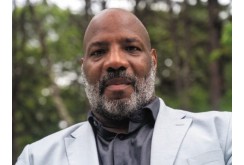Followers of Donald Trump are methodically placing election deniers, those who believe Biden stole the election through fraudulent voting, in crucial state positions who could legally overturn a popular vote if a Trumper candidate does not win the next presidential election.










